If you are looking for some B2 First (FCE) Speaking Part 3 example pictures, you’ve come to the right place. Just below, you’ll find 10 of them designed around common topics found in the Cambridge B2 exam. These are ideal for the classroom or even to practise at home. Just remember that First (FCE) Speaking Part 3 is called the Collaborative Task because you speak with your partner. So if you are doing it at home, you’ll need a partner or a mirror to work with.

Contents
B2 First (FCE) Speaking Part 3 format
In First (FCE) Speaking Part 3, you speak about a topic together with your partner for about three minutes. First, the examiner will introduce the topic, hand you a diagram and give you some time to look at the task. This is followed by a two-minute discussion about the topic, using the diagram to guide the conversation. Finally, the examiner will ask you to make a decision about the best, worst, or most important aspect of the task.
Here is an example script used in Speaking Part 3. This script is followed strictly and the times are fixed.
Now I’d like you to talk about something together for about two minutes. (3 minutes for groups of three)
Many people think about [topic]. Here are some things that they think about and a question for you to discuss. First you have some time to look at the task. (15 seconds)
Now, talk to each other about [topic]. (2 minutes)
Thank you. now you have about a minute to decide [decision related to topic]. (1 minute)

How to succeed in B2 First (FCE) Speaking Part 3
There are four criteria that the assessor uses to evaluate your speaking:
- Grammar and Vocabulary
- Discourse Management
- Pronunciation
- Interactive Communication
All of these are evaluated throughout the exam, but Speaking Part 3 is especially relevant for the Interactive Communication mark. This is the first part of the exam that you complete with a partner, so make sure you are working together. That means you need to ask questions! Over many years of teaching B2 exam students, they never ask enough questions. Students will easily spend a full minute giving their opinion on something and then let their partner speak for a minute with practically zero interaction. There is only one magic phrase that you need to fix this:
“What do you think?”
However, if you fancy exploring lots more useful phrases for First (FCE) Speaking Part 3, we’ve got you covered.
The best thing you can do for yourself is treat it like a real conversation. Imagine you are having a chat with a friend over dinner or a glass of wine. You wouldn’t want to dominate the conversation all the time. You would interact. Do the same in the exam, show interest, ask questions, agree or disagree. It seems obvious, but it makes a huge difference.
B2 First (FCE) Speaking Part 3 examples
Here are 10 B2 First (FCE) Speaking Part 3 examples for you to use in class or on your own. Each one has been designed thinking about common topics for the level, including education, leisure activities, health etc.
Download the FCE Speaking Part 3 pictures pdf to print or use offline.

For extra practice, Breakout English has 5 complete First (FCE) Speaking Tests available to download as premium materials or in paperback format via Amazon.
GET FIRST (FCE) SPEAKING TESTS:
GET ALL CAMBRIDGE SPEAKING TESTS (PET, FCE, CAE):
FCE Speaking Part 3 pictures
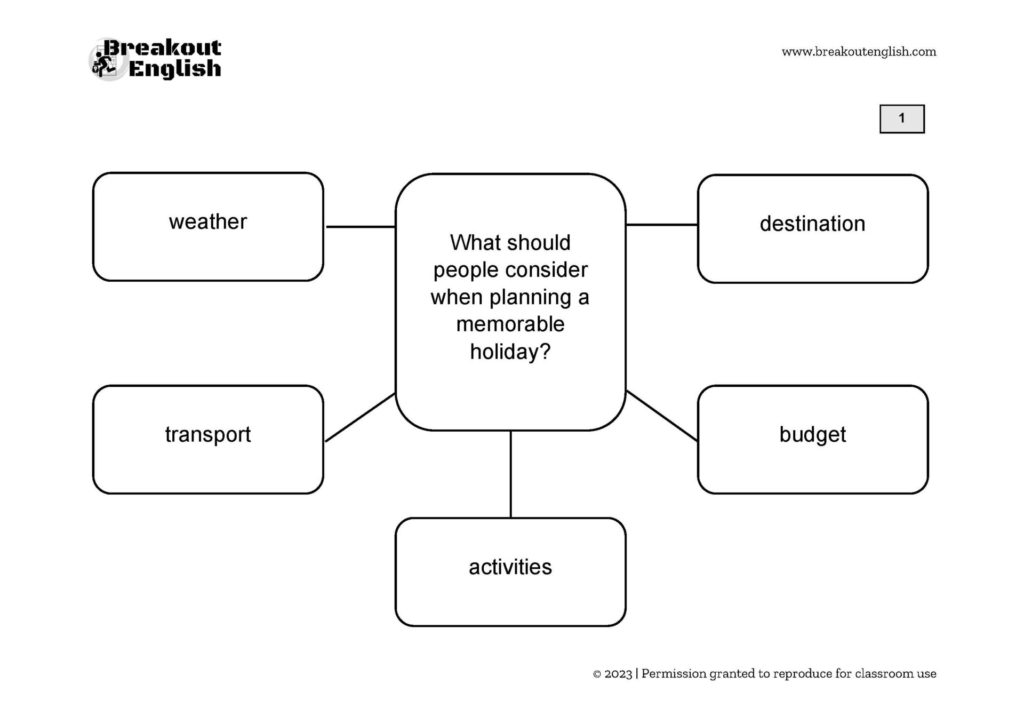

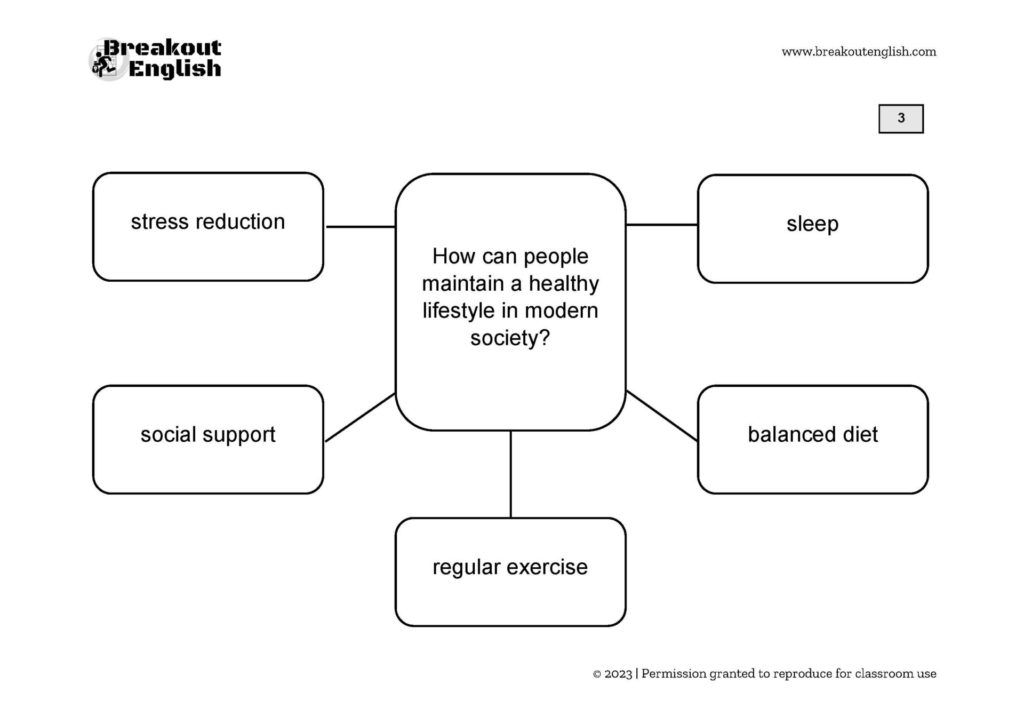
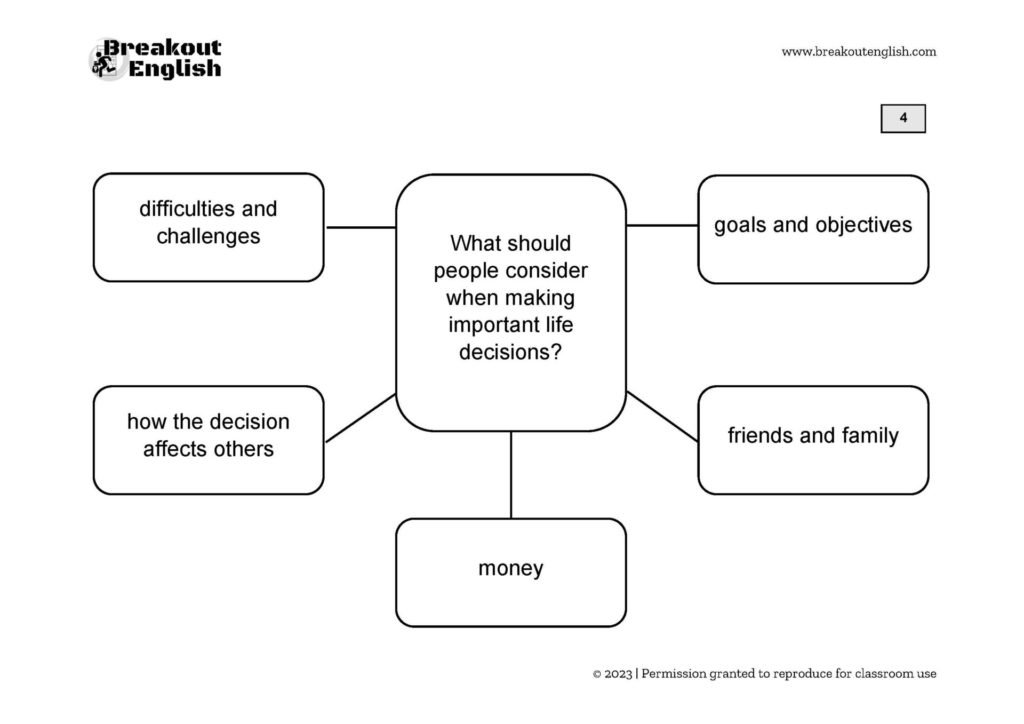
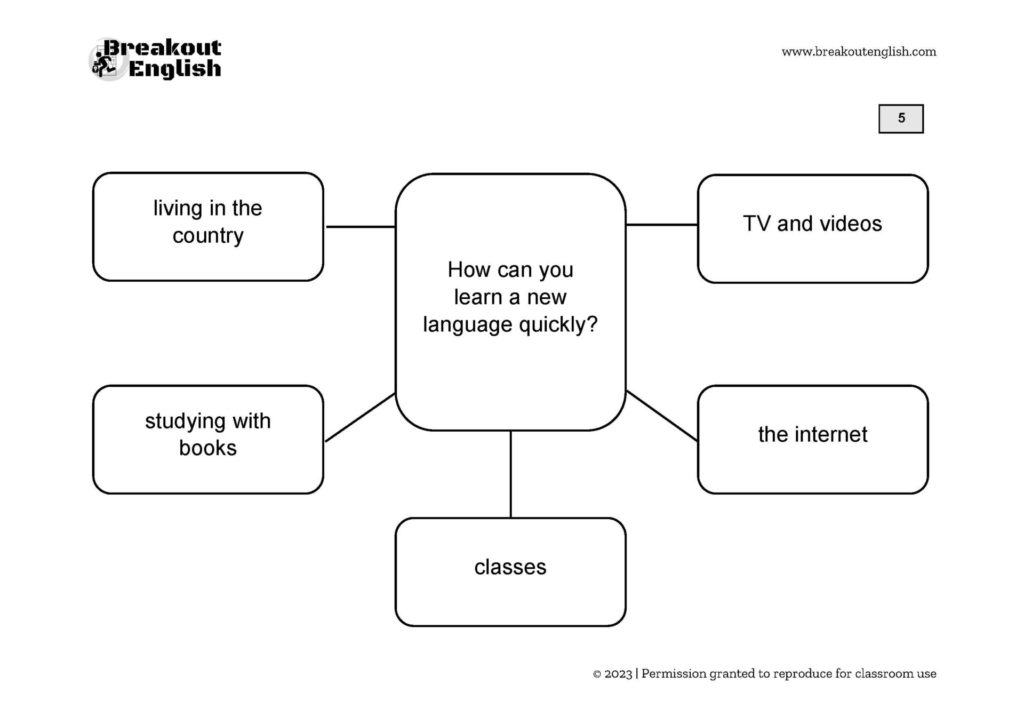
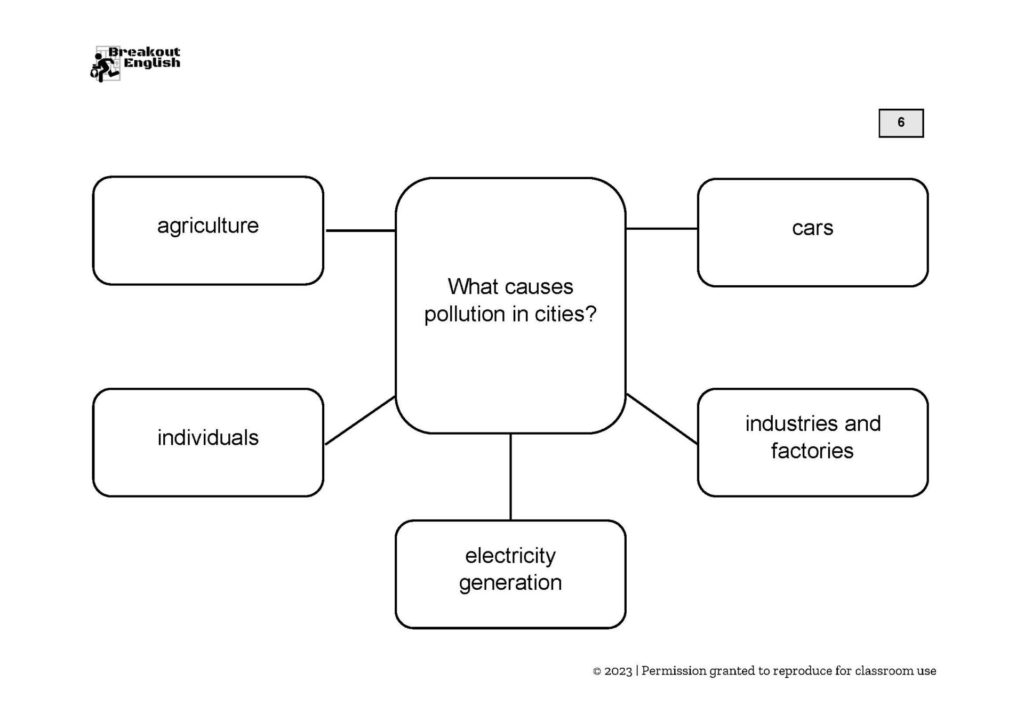
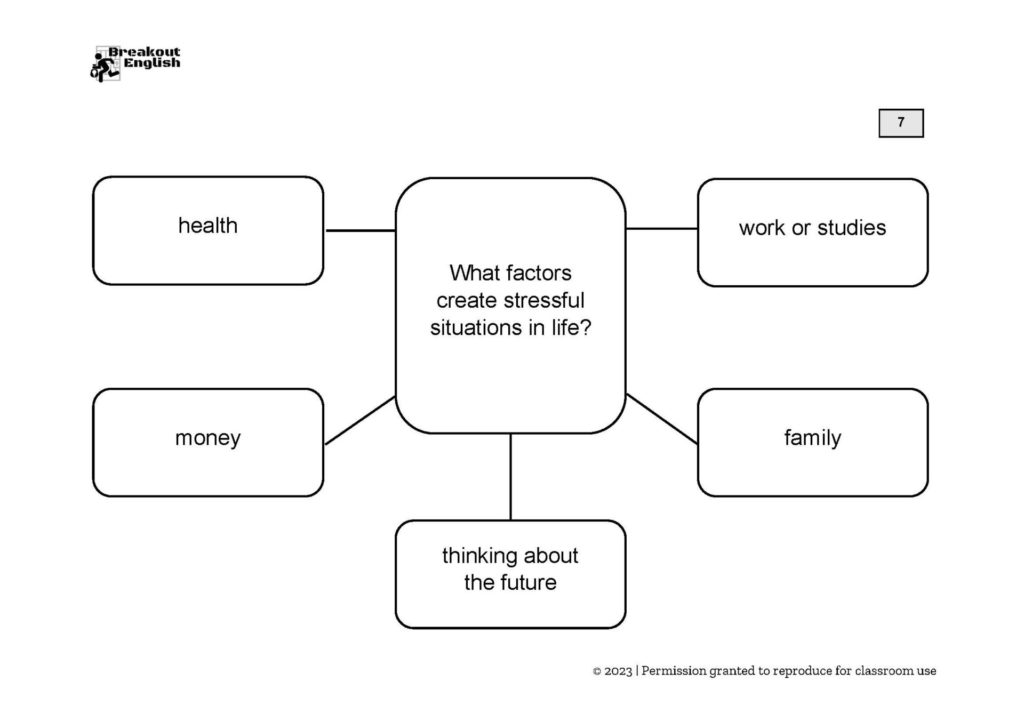
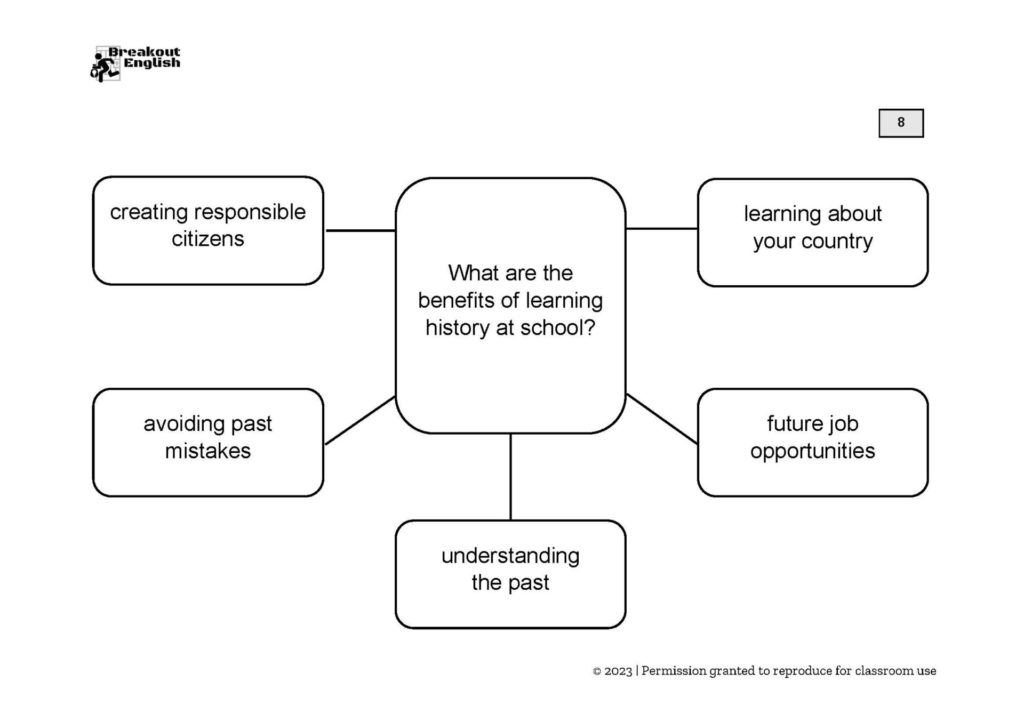
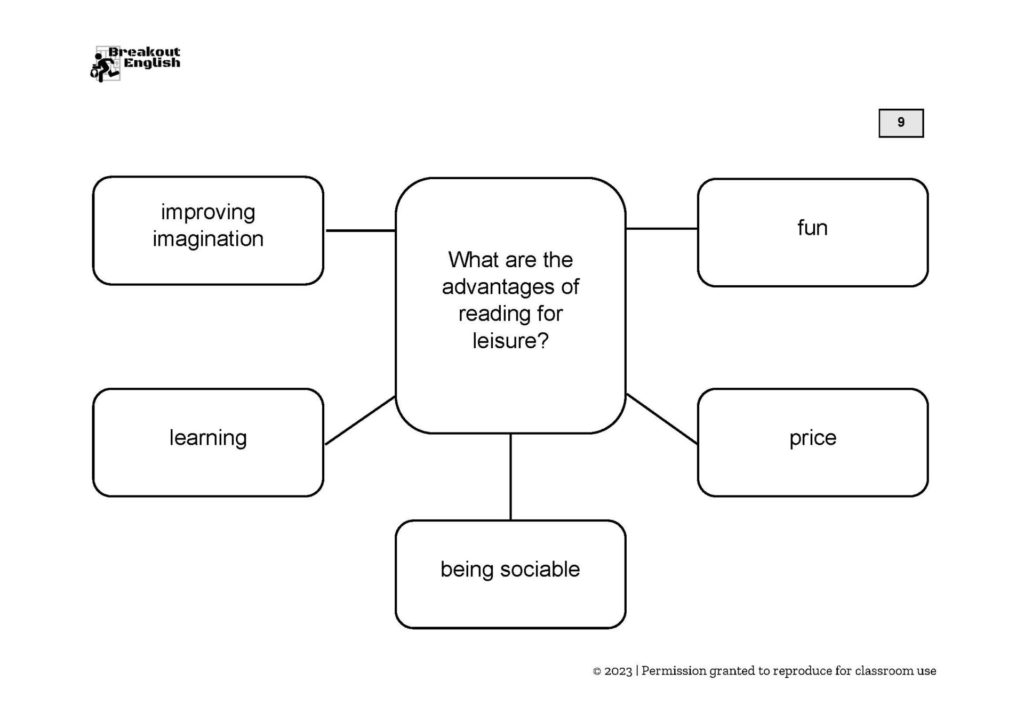
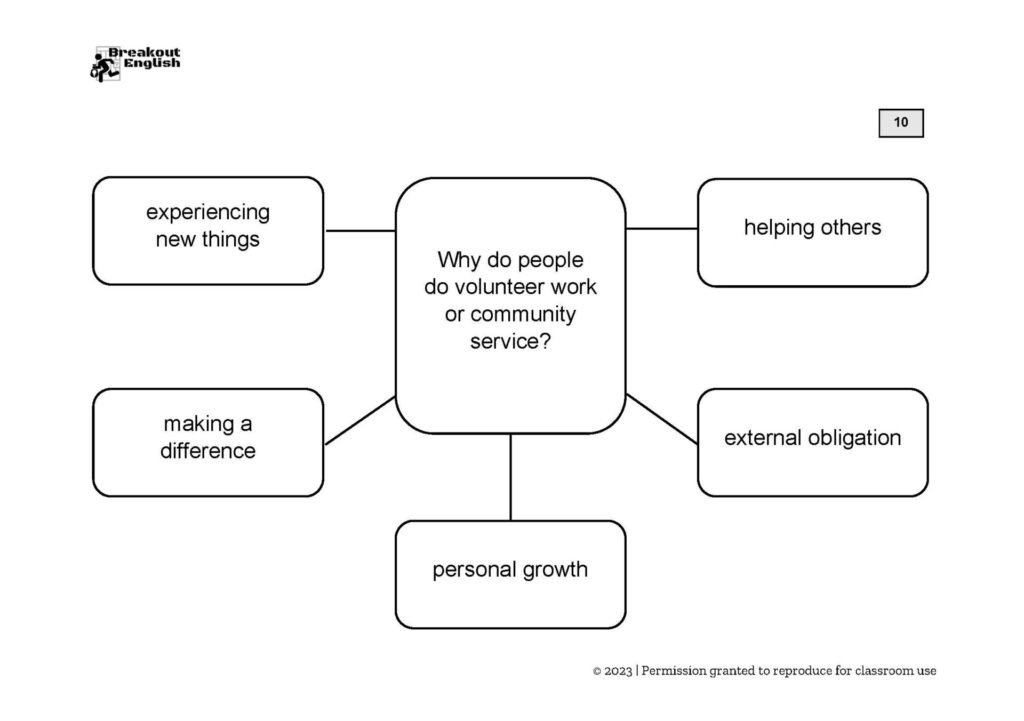


Are there Part 4 Further discussion questions to go with these?
Hi Martin. There aren’t any part 4 questions directly related to these materials, but you can find some full speaking tests available as part of our premium materials. Thanks!
https://breakoutenglish.com/first-fce/first-fce-speaking/